-
The World’s Most Powerful Ray Tracing GPU
Do you require higher performance for artificial intelligence (AI) training and inference, high-performance computing (HPC) or graphics? NVIDIA® Accelerators for HPE help solve the world’s most important scientific, industrial, and business challenges with AI and HPC. Visualize complex content to create cutting-edge products, tell immersive stories, and reimagine cities of the future. Extract new insights from massive datasets. Hewlett Packard Enterprise servers with NVIDIA accelerators are designed for the age of elastic computing, providing unmatched acceleration at every scale.
-
Performance Features
The NVIDIA A16 64GB Gen4 PCIe Passive GPU offers the following features:
- Designed For Accelerated VDI: Optimized for user density, and combined with NVIDIA vPC software, enables graphics-rich virtual PCs to be accessible from anywhere.
- Affordable Virtual Workstations: Large frame buffer per user for entry-level virtual workstations, with NVIDIA RTX vWS software, running workloads such as computer-aided design (CAD).
- Flexibly Support Diverse User Types: Unique quad-GPU board design enables the provisioning of mixed user profile sizes and user types, such as virtual PCs and virtual workstations, on a single board.
- Superior User Experience: Provides increased frame rate and lower end-user latency, versus CPU-only VDI, resulting in more responsive applications and a user experience that is indistinguishable from a native PC or workstation.
- Double The User Density: Purpose-built for graphics-rich VDI, with support for up to 64 concurrent users per board, in a dual-slot form factor.
- High-Resolution Display: Supports multiple, high resolution monitors to enable maximum productivity and photorealistic quality in a VDI environment.
- More Than 2X The Encoder Throughput: More than double the encoder throughput versus previous generation M10, providing high-performance transcoding and the multiuser performance required for multi-stream video and multimedia.
- Highest Quality Video: Support for the latest codecs, including H.265 encode/decode, VP9, and AV1 decode for the highest-quality video experiences.
- NVIDIA Ampere Architecture: NVIDIA Ampere architecture based CUDA cores, second generation RT-Cores, and third- generation Tensor-Cores provide the flexibility to host virtual workstations powered by NVIDIA RTX vWS software, or to leverage unused VDI resources to run compute workloads with NVIDIA AI Enterprise software.
Feature Specification GPU Architecture NVIDIA Ampere NVIDIA Third-Generation Tensor Cores 160 total Tensor Cores (40 cores per GPU, 4 GPUs) NVIDIA CUDA Cores (shading units) 5120 total FP32 CUDA Cores (1280 cores per GPU, 4 GPUs) NVIDIA RT Cores 40 total RT Cores (10 cores per GPU, 4 GPUs) Double-Precision Performance (FP64) Not applicable Single-Precision Performance FP32: 4x 4.5 TFLOPS<br>Tensor Float 32 (TF32): 4x 9 TFLOPS, 4x 18 TFLOPS* Half-Precision Performance FP16: 4x 17.9 TFLOPS, 4x 35.9 TFLOPS* Bfloat16 Not applicable Integer Performance INT8: 4x 35.9 TOPS, 4x 71.8 TOPS* GPU Memory 64GB GDDR6 (16 GB per GPU, 4 CPUs) Memory Bandwidth 4x 200 GB/s ECC Yes Interconnect Bandwidth Not applicable System Interface PCIe Gen 4, x16 lanes Form Factor PCIe full height/length, double width (dual slot) Multi-Instance GPU (MIG) No support Max Power Consumption 250 W Thermal Solution Passive Graphics APIs DirectX 12.07, Shader Model 5.17, OpenGL 4.68, Vulkan 1.18 Compute APIs CUDA, DirectCompute, OpenCL, OpenACC


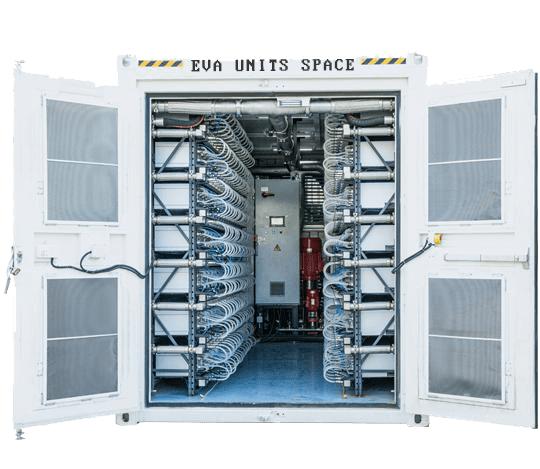
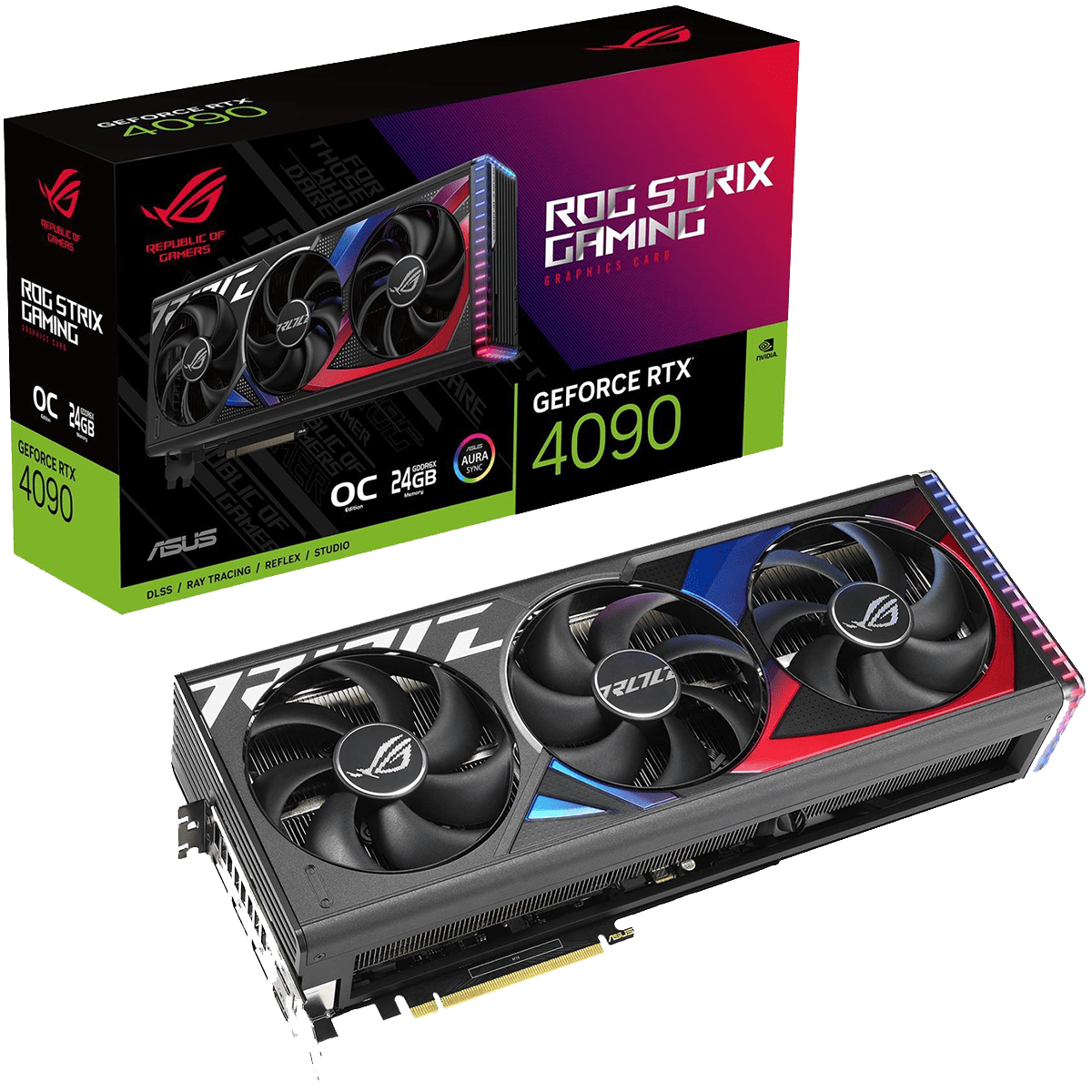
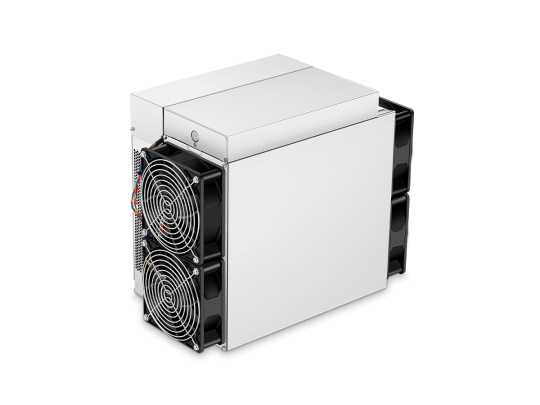





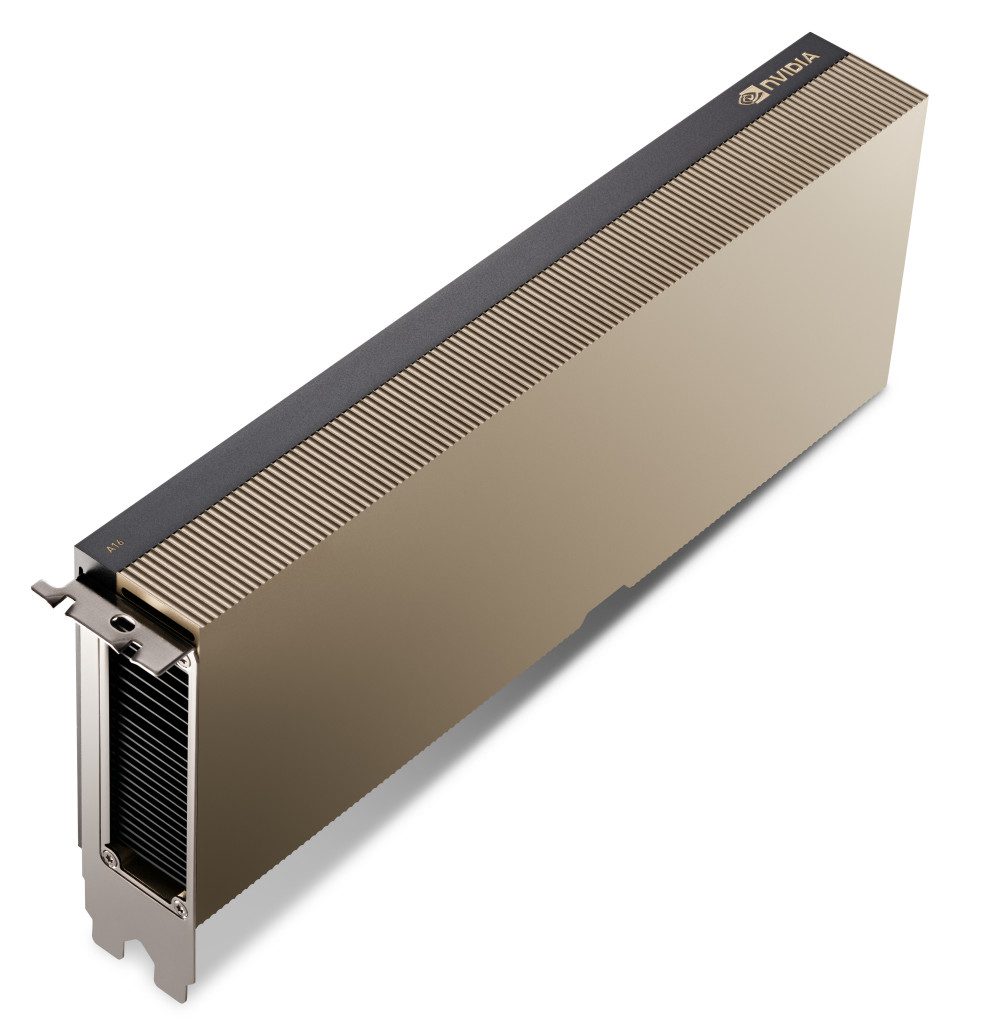
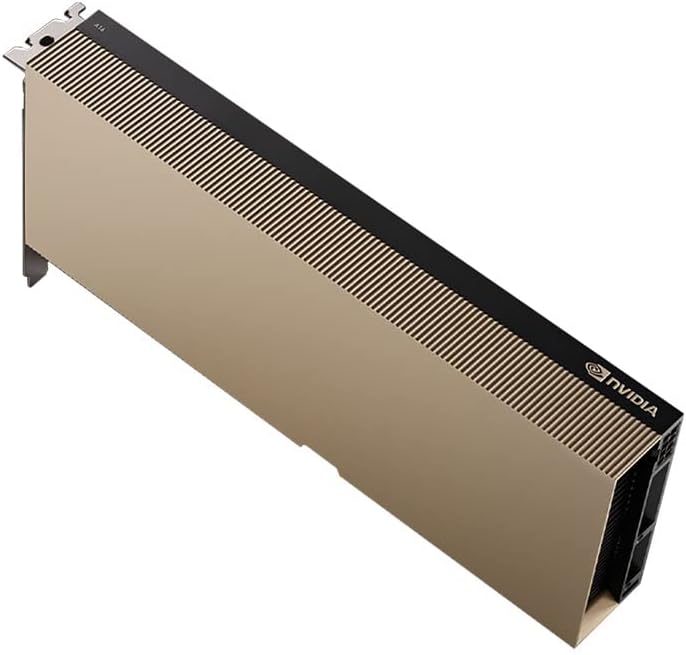
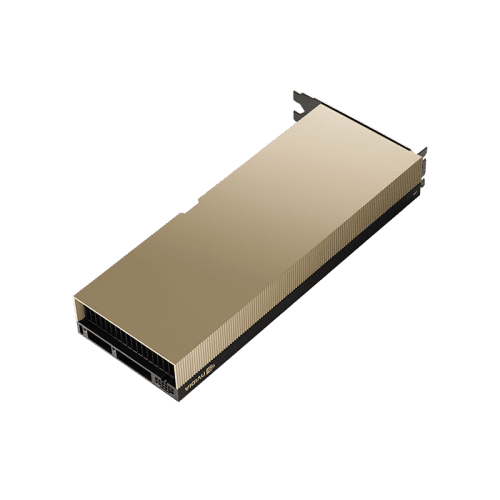

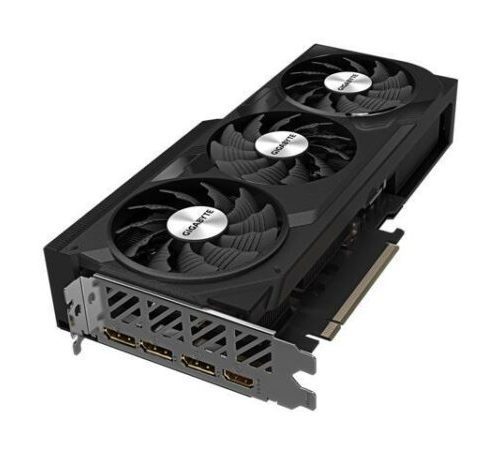
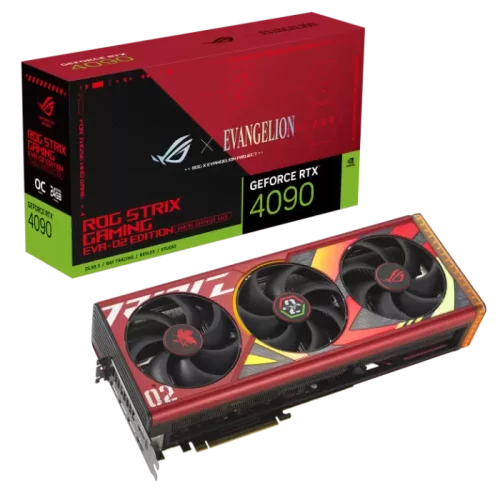

Reviews
There are no reviews yet.